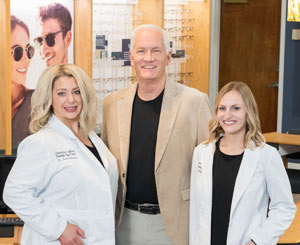Overland Office
Call
Location
Hours
GREAT PATIENT EXPERIENCE
Built on Service,
Focused on You

About Us

Browse Frames
We carry fashionable and durable eyewear from leading brands. Browse here.
BOGO Event – Buy One, Get One Free
Buy one complete pair of glasses (frame and lenses) and get a second pair of frames and lenses free.
First pair at list price; second pair of equal or lesser value free. Cannot combine with insurance benefits or other offers. Restrictions apply. Ask for details. Offer expires 6/30/24 .
Full Spectrum of Services
at Overland Optical Family Eye Care
At Overland Optical Family Eye Care, we are dedicated to providing exceptional eye care services to individuals and families in the St. Louis and St. Charles areas. With a strong commitment to personalized patient care and the latest advancements in optometry, our experienced team of eye care professionals is here to meet all your vision needs.
Eye Exam
Keep your vision sharp & your eyes healthy
Emergency Eye Care
Prevent permanent damage
Contact Lens Exam
Ensure a proper fit & maximum comfort
Eye Health Technology
diagnosis & care
Dry Eye
diagnosis & treatment
Insurance & Financing
we make it simple
On-Site Lab
quality control plus convenience & Flexibility
Neurolens
relief is in sight
Offers & Promotions
no insurance? No problem!

 A HUGE thank you to our wonderful patients for taking the time to write online reviews! We are here because of and for you!
A HUGE thank you to our wonderful patients for taking the time to write online reviews! We are here because of and for you!
Overland location Google reviews
St. Charles location Google reviews
Our Optical
We offer a wide range of designer eyeglasses and sunglasses in our optical for both children and adults. Our selection includes premium frames from leading brands such as Flexon, Nike, Kate Spade, Guess, Ted Baker, Coach, RayBan, and many more. Let us help you find the perfect pair for your vision needs, style, and budget!
Our Optical
We offer a wide range of designer eyeglasses and sunglasses in our optical for both children and adults.

